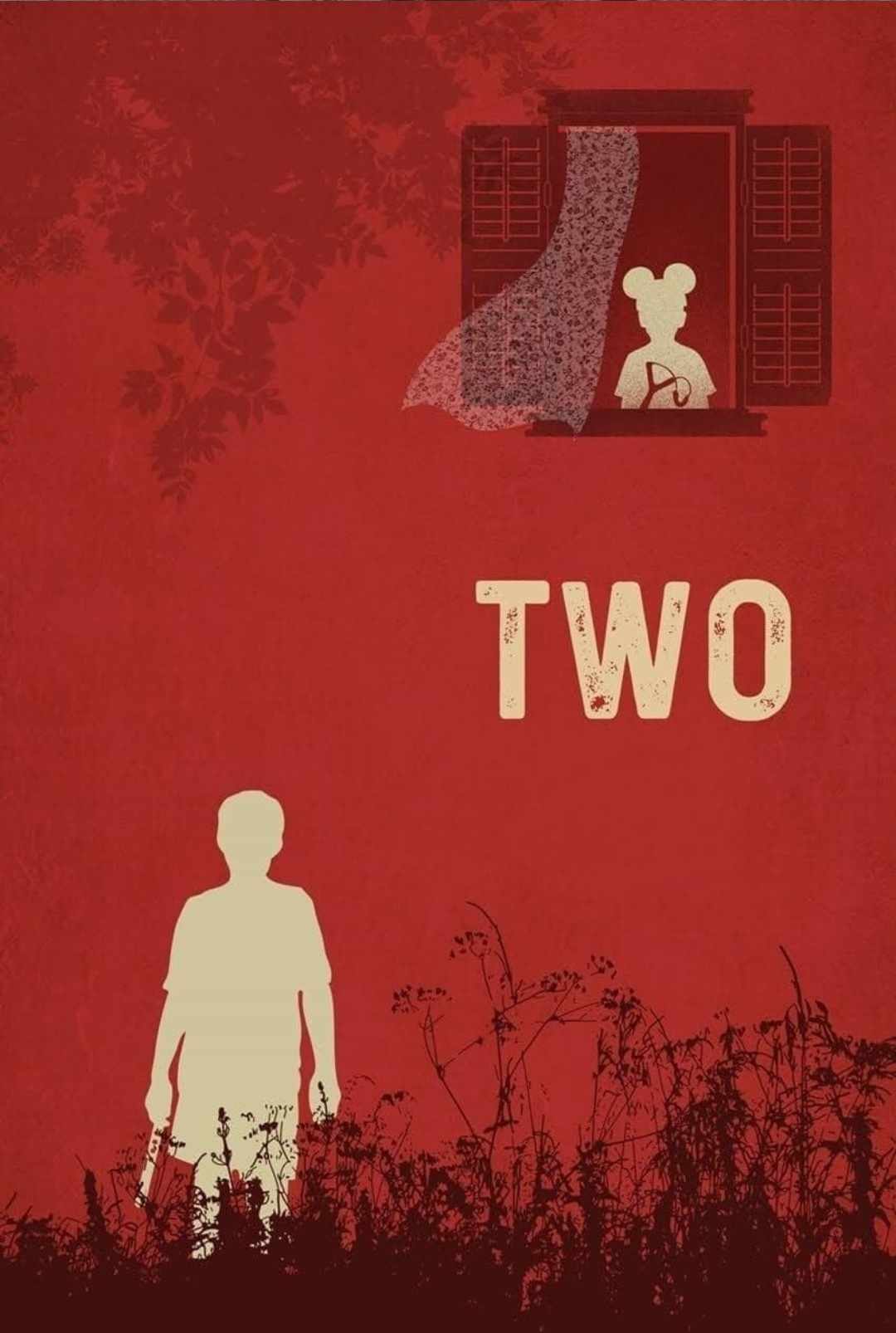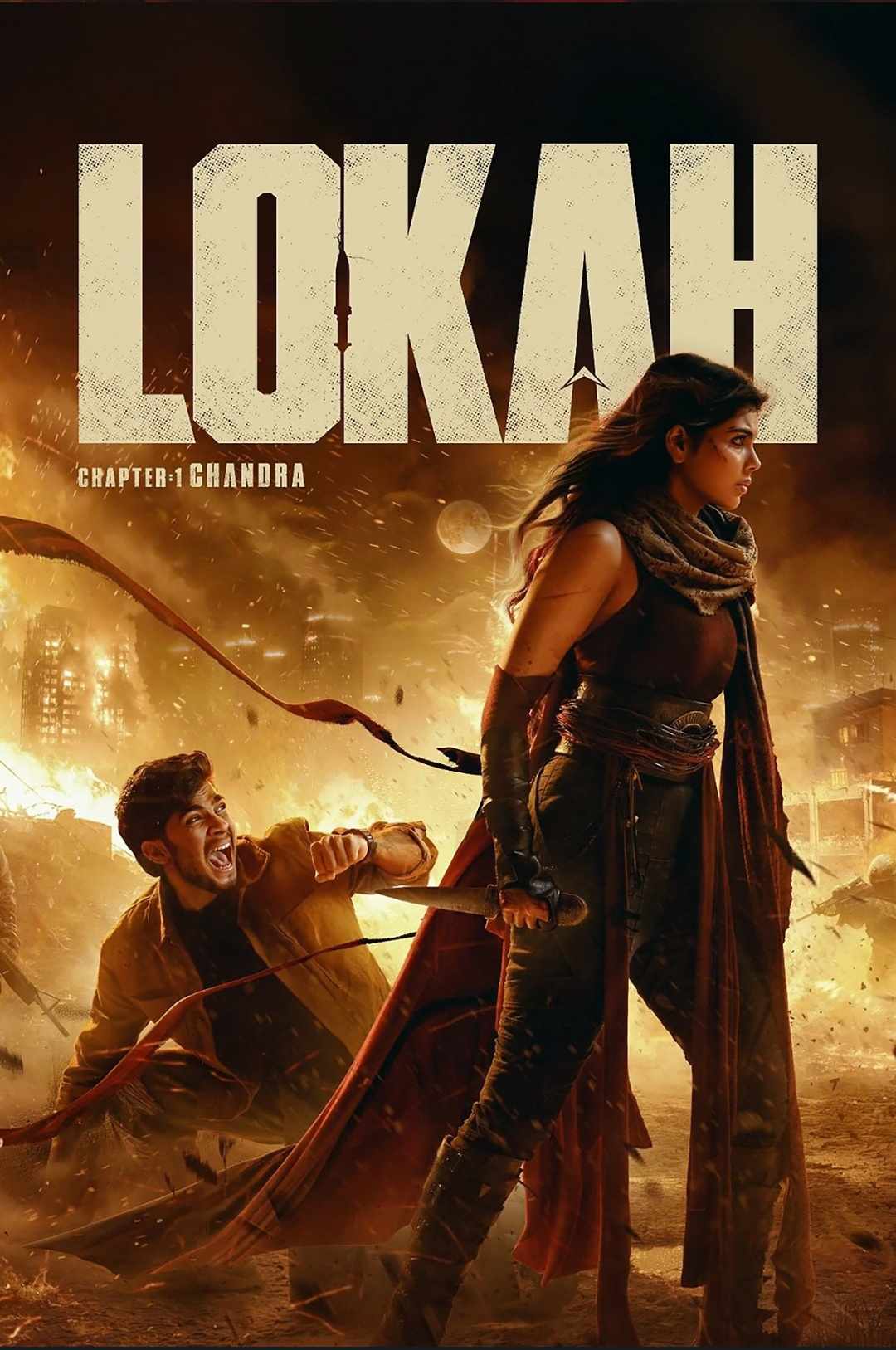
The black and white world of Satyajit Ray is always filled with the essence of life beyond what we perceive as reality. He makes sure the social dilemma is seen and understood rather than just narrating for the sake of it. And that’s what Two, a fable by Satyajit Ray, is keen on telling its audience too. The movie discusses about class struggle and materialistic aspirations through two kids from different social backgrounds. What if a poor kid is dueled by a rich kid? Is he going to survive the emotional leftovers of that fight? What is the rich kid seeking through this quarrel? Ray is trying to get his audience to answer these questions through his film.
The movie starts with zooming in on a kid with a Mickey Mouse cap sipping Coca-Cola, left behind in his big mansion. Ray uses the hat and Cola bottle to establish the capitalistic allegory the child brings to the table. He is bored as he is ravaging his materialistic possessions one by one. The panning camera tells how trapped the kid is in his home, even with all his toys. He is trying to get his toys to sing, which is interrupted by the sweet music of the flute, echoing from the backyard. The camera then moves to a high-angle shot of another kid playing his flute, roaming around the bushes. This visualizes the conflict of freedom between the two children in their respective backgrounds. And the usage of high-angle shots tells the power imbalance that comes between the two main characters.
The rich kid is threatened by that music, and he is trying to get back at the poor kid by displaying his possessions one by one. The poor kid, on the other hand, is trying to keep up with the rich kid. When the rich kid disguises himself as attackers carrying different weapons, the tone of the fight changes from childish to monstrous nature. Ray uses jump cuts between each disguise to show the increasing tension of the duel. This particular scene establishes the predatory nature of the rich. The poor kid withdraws and the rich kid is back to his prior activity with a sense of triumph.
The film resumes with the poor kid flying his kite so high that the rich kid's eyes can’t ignore it. Here the camera angle is set at eye level, to show the equality the poor kid demands. If the first interaction was struck through sound, the second was initiated using sight and not by accident. Now, the rich kid is threatened, and he ends up shooting the kite down. Ray crash zooms into the poor kid's face as the shot is fired to show the fear the shot had struck upon him. The entire duel shows the process of class struggle. When the proletariat demands freedom, the bourgeoisie is threatened. They try to clamp down those protests by inhumane means. But the working class always regains their strength and comes back exactly how the poor kid is shown playing the flute non-stop, unaffected by the posh of the rich kid. Here the sound of the flute is heard above the toys keyed by the rich kid. And the rich kid remains sad and alone in that big house restricted by the walls, but the poor kid enjoys his music freely and out of fear. Because he has lost the chain, he can now protest, he can enjoy his music, and he is aware that the predator can't reach him in his conscience.
Two talks a lot about class struggle in those twelve minutes. It discusses the happiness that comes with possession and the one that comes within ourselves. Ray was successful in creating the perfect imagery to discuss such a vast topic using minimal production and no dialogue. And I believe that’s where a filmmaker triumphs too. Two will be a cinematic and learning experience for anyone who watches it.













Write a comment ...